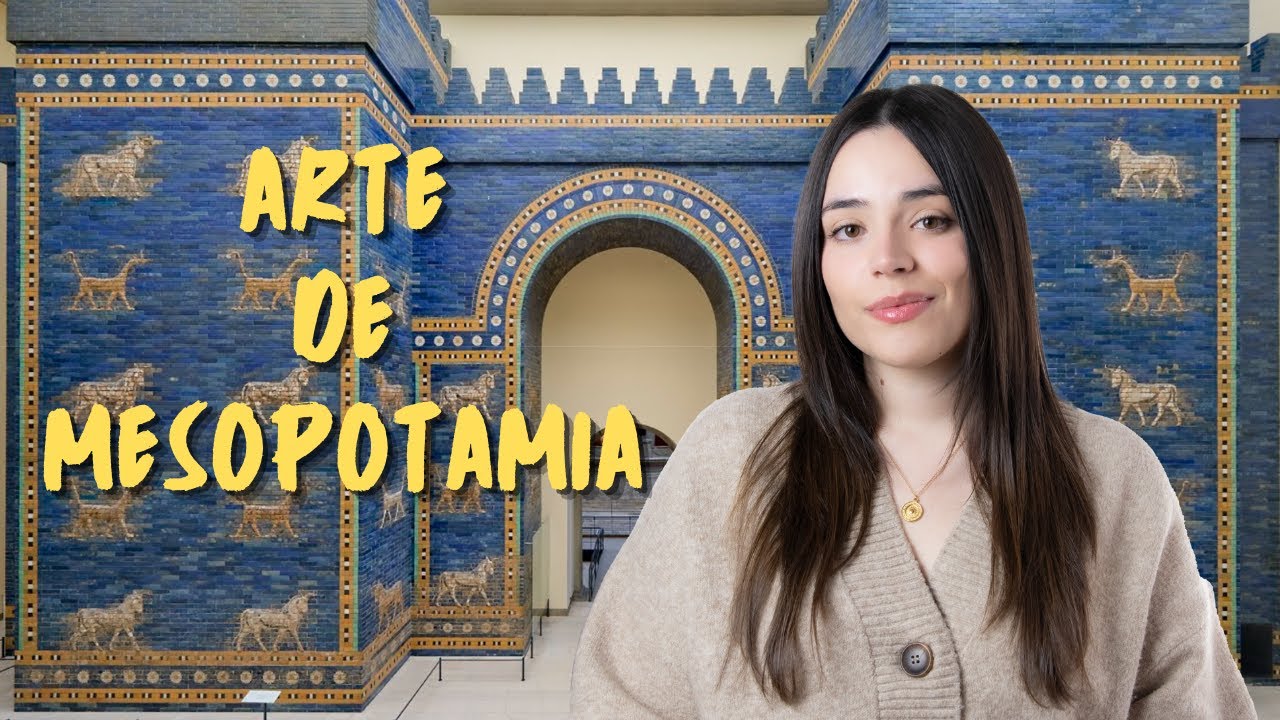The Rise and Fall of the Babylonian Empire
Summary
TLDREmbark on a journey through the Babylonian Empire, a tale of power, innovation, and cultural achievements. Discover the ancient laws of Hammurabi, the architectural marvels like the ziggurats, and the Hanging Gardens. Explore the empire's quest for power and its eventual fall to Cyrus the Great. The Babylonians' legacy, including their contributions to mathematics and timekeeping, continues to impact our world today.
Takeaways
- 🏛️ The Babylonian Empire was a powerful and culturally rich civilization that thrived in ancient Mesopotamia between the Tigris and Euphrates rivers.
- 📜 King Hammurabi, the sixth king of Babylon, is famous for creating the Code of Hammurabi, one of the earliest examples of written law, which included 282 laws governing various aspects of life.
- 🔍 The Code of Hammurabi is known for its principle of 'an eye for an eye, a tooth for a tooth,' emphasizing justice through proportional punishment.
- 🏗️ The Babylonians were renowned for their architectural achievements, including the construction of massive ziggurats, which were believed to be stairways to heaven.
- 🌳 Nebuchadnezzar II, a successor of Hammurabi, expanded the empire and is known for the legendary Hanging Gardens of Babylon, one of the Seven Wonders of the Ancient World.
- 🌐 The Hanging Gardens were an engineering and horticultural marvel, built to soothe the homesickness of Nebuchadnezzar II's wife who missed the green hills of her homeland.
- 🛡️ The Babylonian Empire faced challenges and was eventually conquered by Cyrus the Great of the Persian Empire in 539 BC, marking the end of the Babylonian era.
- 📚 The Babylonians had a significant influence on later civilizations, particularly in the areas of culture and mathematics.
- 🕰️ They developed a sophisticated mathematical system, including the 60-minute hour and the 360-degree circle, which continue to affect our timekeeping and geometry.
- ⏳ The legacy of the Babylonian Empire endures, with their innovations in law, architecture, and mathematics leaving a lasting impact on the modern world.
Q & A
In which historical period did the Babylonian Empire begin to flourish?
-The Babylonian Empire began to flourish in the ancient Near East, around 1894 BC.
What geographical area is considered the cradle of the Babylonian Empire?
-The cradle of the Babylonian Empire is in the land known as Mesopotamia, between the Tigris and Euphrates rivers.
Who was the sixth King of Babylon and known for his legal code?
-Hammurabi was the sixth King of the city-state of Babylon and is known for the famous Code of Hammurabi.
What is significant about the Code of Hammurabi?
-The Code of Hammurabi is significant because it contains 282 laws etched onto a massive stone pillar, and is considered one of the earliest examples of written laws in human history.
What does the phrase 'an eye for an eye, a tooth for a tooth' represent in the context of the Code of Hammurabi?
-The phrase 'an eye for an eye, a tooth for a tooth' represents the idea of justice through proportionality, which is one of the most famous laws from the Code of Hammurabi.
What architectural achievements are the Babylonians known for?
-The Babylonians are known for their architectural prowess, particularly for their massive ziggurats, which were grand temples often dedicated to their gods and thought to be stairways to Heaven.
Who was Nebuchadnezzar II and what is he famous for?
-Nebuchadnezzar II was a successor of Hammurabi and is renowned for his conquests and for the legendary Hanging Gardens of Babylon, one of the Seven Wonders of the Ancient World.
What was the purpose of the Hanging Gardens of Babylon according to the script?
-The Hanging Gardens of Babylon were said to have been built by Nebuchadnezzar II to soothe his homesick wife, Amytis, who missed the green hills of her homeland.
When and by whom was the Babylonian Empire conquered?
-The Babylonian Empire was famously conquered by Cyrus the Great of the Persian Empire in 539 BC.
How did the Babylonian Empire influence subsequent civilizations?
-The Babylonians profoundly influenced subsequent civilizations, including the Greeks, with their culture and mathematics, developing a sophisticated system that included the 60-minute hour and the 360-degree circle, which still influences our timekeeping and geometry today.
What is the legacy of the Babylonian Empire according to the script?
-The legacy of the Babylonian Empire is a captivating story of law, architecture, and mathematical innovation that has left a lasting impact on our world, with their achievements still reaching us today.
Outlines

This section is available to paid users only. Please upgrade to access this part.
Upgrade NowMindmap

This section is available to paid users only. Please upgrade to access this part.
Upgrade NowKeywords

This section is available to paid users only. Please upgrade to access this part.
Upgrade NowHighlights

This section is available to paid users only. Please upgrade to access this part.
Upgrade NowTranscripts

This section is available to paid users only. Please upgrade to access this part.
Upgrade NowBrowse More Related Video

How Vienna Became The Largest Kingdom Of The Renaissance | Curious Traveler | Absolute History

QUEM ERAM OS CALDEUS? l CBMERJ E VESTIBULARES? - SOS História {Prof.Pedro Riccioppo}

Mary Beard's Ultimate Rome: Empire Without Limit (ep. 1)

What Happened to the Mesopotamian Civilization?

MESOPOTAMIA, el ARTE de las PRIMERAS CIVILIZACIONES de la HISTORIA | OBRAS y CARACTERÍSTICAS

Peradaban Islam Daulah Usmani
5.0 / 5 (0 votes)